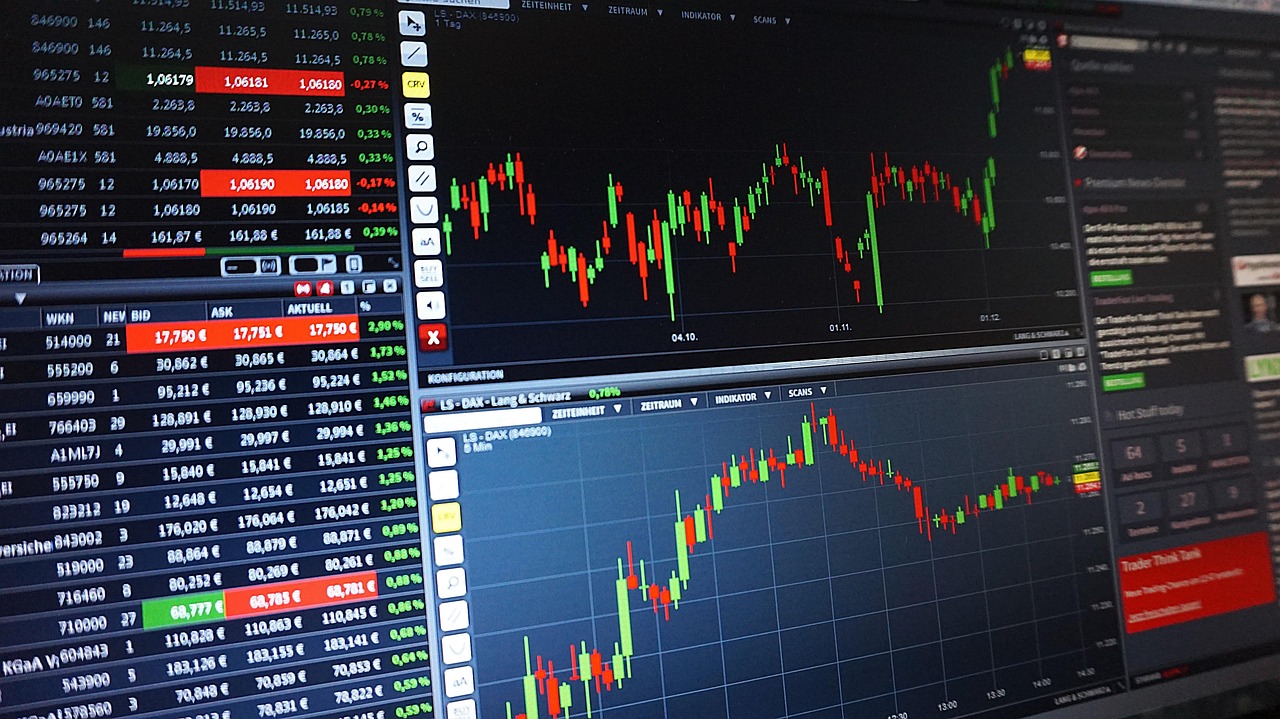Yesterday VEVE closed 3% below its previous high set on 12 November. This is normally a signal for us to buy. However, I have completed additional analysis that suggests we sit and wait.
I am now using AI to analyse various financial metrics, for example the strength of the shift down, moving averages, volume etc., and describe what is going on in the market. The aim is to avoid “catching knives” – where we enter with VEVE 3% down and then it legs down even further – I want to time our entry points better. It is not an exact science but it is an improvement on what we were doing before.
I told AI what our strategy is and why and asked AI to summarise what is going on, as if I were explaining it to my mother. It includes a recap on the whole purpose of PIP-VEVE and I have edited to make it more human.
Here goes…
Recap
Over the course of a couple of years I noticed a pattern in VEVE (a global stock fund). It often falls by around 3% from a recent high and then usually recovers within a few weeks. So I created a simple idea:
- When VEVE falls 3%, we buy it.
- When it recovers, we sell and go back to cash.
You used to have a fair bit in government bonds. These bonds were not going anywhere, so we moved up to half of that money into cash to earn interest while we waited for a VEVE opportunity to come along. This worked very well - until earlier this year, when VEVE fell 3% and we bought as usual, but instead of bouncing back it kept falling. It took six months to recover. This is what people call “catching a falling knife,” and I want to do more to avoid doing that again.
So now I am using a better approach. I still watch for the 3% drop, but I don’t buy automatically. Before buying, I check:
- Is the market actually under pressure?
- Are other investors showing signs of fear?
- Has the price fallen to a point where it normally bounces?
- Or is this just a small wobble with no real opportunity?
This is where chart analysis comes in.
What happened yesterday?
Yesterday VEVE did fall by 3%, so it triggered the alert. But the details of the move told a very different story:
- The price was still sitting almost exactly on its recent average value. It had not actually fallen to a level where real bargains appear.
- The momentum reading was right in the middle - not weak, not tired. In proper dips the momentum becomes very low, which usually signals that the selling is nearly finished. We didn’t see that.
- The trading range for the day was normal. A true opportunity usually shows a bigger move, which tells us the market is stressed.
- The price fell in the morning but recovered part of the way before the close. That shows buyers were still active and there was no real panic.
In simple terms:
- This was not a real dip. It was just a normal, mild pullback.
- No fear, no stress, no loss of confidence.
When this happens, buying the dip has no advantage. It is neither dangerous (like the big drop earlier this year) nor rewarding (like the classic quick bounces we’ve captured before). It’s simply not meaningful enough to act on.
So what do we do now?
We wait.
We want to buy VEVE when there is a genuine dip - when the price is low enough, the mood is fearful enough, and the chance of a recovery is strong enough. Yesterday did not meet those conditions.
I will continue to monitor VEVE, and when the right conditions appear, I will act.

